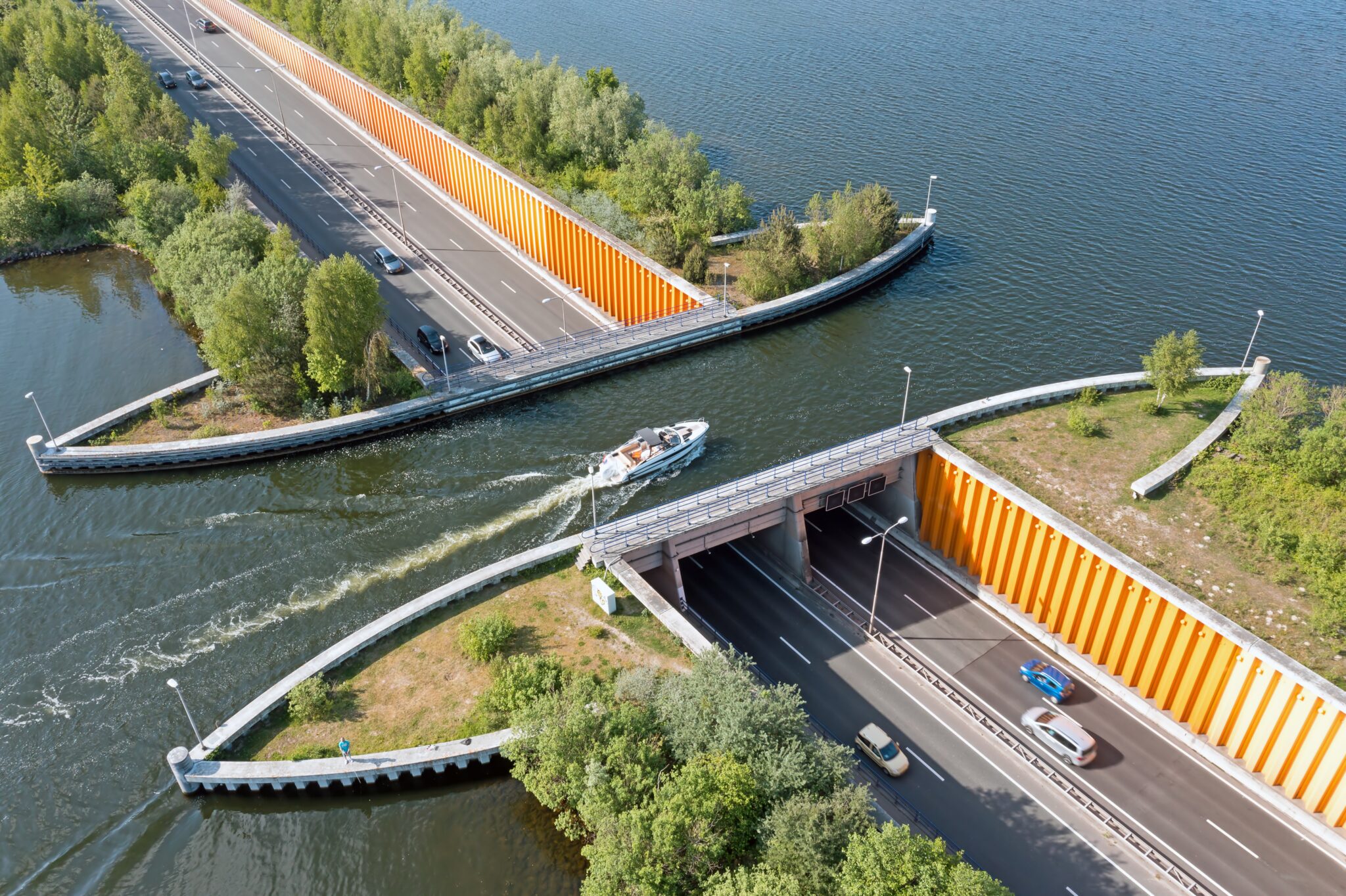The Internet of Things (IoT) enables the connection of physical objects, such as devices and infrastructure, to the internet so that they can communicate between each other and with us. In that sense, companies can improve efficiency, reduce costs, and enhance safety by leveraging IoT remote data monitoring.
What is IoT Remote Data Monitoring?
IoT remote data monitoring involves the use of smart sensors, connected assets, and devices to collect and transmit data about crucial parameters. In this article, we will exemplify how IoT remote monitoring is employed in infrastructure systems to track and stay informed about their state and condition.
Smart sensors can measure anything from temperature and humidity to number of movements, pressure, corrosion, water flows or vibration, depending on the use case.
The gathered data is then transmitted to a central cloud platform where it is organized, processed, analyzed and delivered to stakeholders’ application or database so that they can make informed decisions and optimize the system.
What are the Benefits of Monitoring Data Remotely?
There are several benefits of implementing IoT remote data monitoring in the infrastructure sector, including:
- Improved efficiency. By continuously collecting data remotely and in real time, infrastructure companies can detect and resolve problems as they arise. For example, if out-of-spec vibrations are detected in a bridge, maintenance crews can be dispatched to address the issue before it becomes a problem. This, in turn, prevents costly downtime and ensures optimal conditions.
- Reduced costs. IoT data monitoring can help optimize resource use and can lead to predicting when maintenance is needed, thus helping to avoid costly repairs or pointless dispatches of maintenance crews.
- Enhanced safety. Through the data gathered on the state and performance of infrastructure, companies and authorities can find potential safety hazards and act before they happen.
- Improved sustainability. By monitoring key environmental parameters, IoT solutions can help organizations find and address potential issues in infrastructure that could affect sustainability.
- Data-driven decision-making. By analyzing the source data from the connected devices and sensors, infrastructure companies can find patterns and make informed decisions to optimize their systems. For example, if a piece of equipment is running at capacity, the decision can be made to buy additional equipment.
What are Remote Data Monitoring examples in infrastructure?
The infrastructure sector plays a crucial role in how well our modern society works. From transportation and utilities to buildings and construction, infrastructure serves as the backbone of our daily lives.
However, the maintenance and management of these systems can be complex and time-consuming. That is where IoT remote data monitoring comes in.
There are many examples of how IoT remote data monitoring can be used by the infrastructure sector to improve efficiency, reduce costs and enhance safety, including:
- Smart bridges: smart sensors installed on bridges can measure key parameters like vibrations or movement and send notifications and alerts to maintenance crews. This can help identify potential issues before they become a problem and improve the safety for the users.
- Smart Buildings: smart sensors installed in buildings can collect data on, among others, energy consumption, air quality, ventilation anomalies, temperature and humidity to help building managers reduce costs and the building’s footprint.
- Smart utilities: IoT data monitoring can be used to optimize the performance of utilities, including water pipe networks, electricity and gas. For example, detecting leaks in water pipes and alerting maintenance crews to prevent costly damage.
- Smart Transportation and mobility: IoT data monitoring can be used to optimize transportation systems, including buses, trains, subways and highways. Sensors can detect traffic and crowd patterns, and adjust schedules or routes accordingly to improve efficiency, increase security and reduce congestion.
So, in short, why is IoT Remote Data Monitoring important?
The use of IoT data monitoring in the infrastructure sector has the potential to significantly improve efficiency and safety, as well as reduce costs and downtime.
Through the constant and remote collection and analysis of data from various sources, such as devices and sensors, companies can make informed decisions about maintenance, repairs and upgrades, thus leading to a more reliable infrastructure.
Additionally, IoT real-time monitoring can help to prevent accidents and improve safety for workers and society.
For more information
Send us an email to info@evalan.com.
Or book a meeting with us here:

